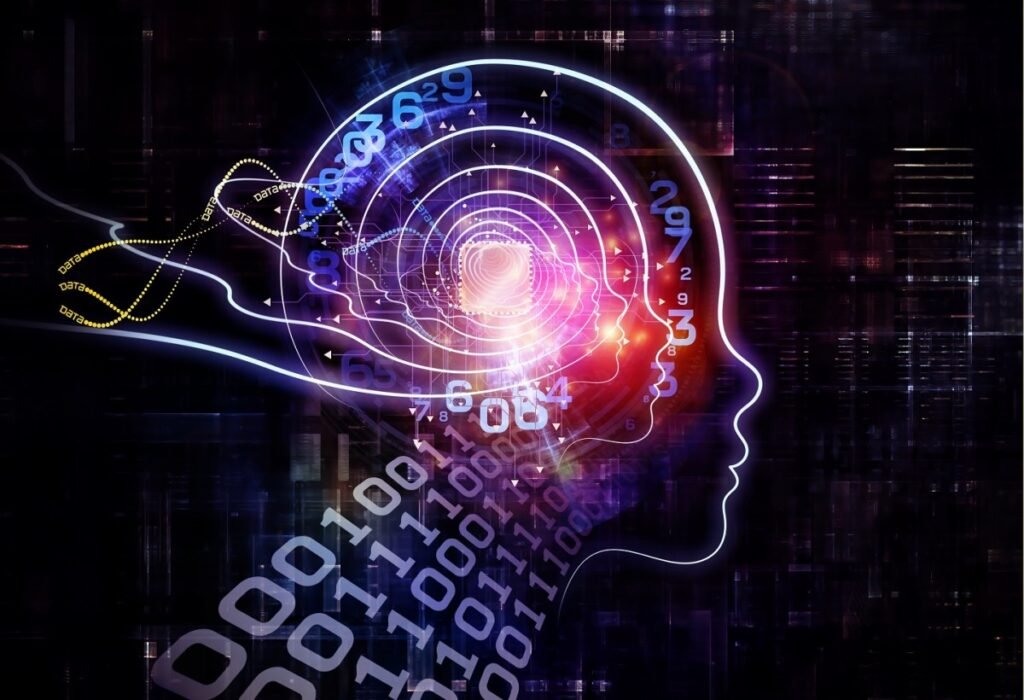Be part of leaders in San Francisco on January 10 for an unique night time of networking, insights, and dialog. Request an invitation here.
The business shift in direction of deploying smaller, extra specialised — and due to this fact extra environment friendly — AI models mirrors a change we’ve beforehand witnessed within the {hardware} world. Specifically, the adoption of graphics processing items (GPUs), tensor processing items (TPUs) and different {hardware} accelerators as means to extra environment friendly computing.
There’s a easy clarification for each instances, and it comes right down to physics.
The CPU tradeoff
CPUs had been constructed as normal computing engines designed to execute arbitrary processing duties — something from sorting data, to doing calculations, to controlling exterior units. They deal with a broad vary of reminiscence entry patterns, compute operations, and management move.
Nevertheless, this generality comes at a value. As CPU {hardware} elements assist a broad vary of duties and choices about what the processor ought to be doing at any given time — which calls for extra silicon for circuity, vitality to energy it and naturally, time to execute these operations.
VB Occasion
The AI Influence Tour
Attending to an AI Governance Blueprint – Request an invitation for the Jan 10 occasion.
This trade-off, whereas providing versatility, inherently reduces effectivity.
This instantly explains why specialised computing has more and more turn into the norm up to now 10-15 years.
GPUs, TPUs, NPUs, oh my
At present you may’t have a conversation about AI with out seeing mentions of GPUs, TPUs, NPUs and varied types of AI {hardware} engines.
These specialised engines are, look ahead to it, much less generalized — which means they do fewer duties than a CPU, however as a result of they’re much less normal they’re much extra environment friendly. They dedicate extra of their transistors and vitality to doing precise computing and information entry dedicated to the duty at hand, with much less assist dedicated to normal duties (and the assorted choices related to what to compute/entry at any given time).
As a result of they’re much easier and economical, a system can afford to have much more of these compute engines working in parallel and therefore carry out extra operations per unit of time and unit of vitality.
The parallel shift in giant language fashions
A parallel evolution is unfolding within the realm of large language models (LLMs).
Like CPUs, normal fashions equivalent to GPT-4 are spectacular due to their generality and skill to carry out stunning advanced duties. However that generality additionally invariably comes from a value in variety of parameters (rumors have it’s within the order of trillions of parameters throughout the ensemble of fashions) and the related compute and reminiscence entry price to guage all of the operations crucial for inference.
This has given rise to specialised fashions like CodeLlama that may carry out coding duties with good accuracy (probably even higher accuracy) however at a a lot decrease price. One other instance, Llama-2-7B can carry out typical language manipulation duties like entity extraction properly and likewise at a a lot decrease price. Mistral, Zephyr and others are all succesful smaller fashions.
This development echoes the shift from sole reliance on CPUs to a hybrid method incorporating specialised compute engines like GPUs in fashionable techniques. GPUs excel in duties requiring parallel processing of easier operations, equivalent to AI, simulations and graphics rendering, which type the majority of computing necessities in these domains.
Easier operations demand fewer electrons
On the planet of LLMs, the long run lies in deploying a large number of easier fashions for the majority of AI tasks, reserving the bigger, extra resource-intensive fashions for duties that genuinely necessitate their capabilities. And by chance, loads of enterprise functions equivalent to unstructured information manipulation, textual content classification, summarization and others can all be completed with smaller, extra specialised fashions.
The underlying precept is simple: Easier operations demand fewer electrons, translating to better vitality effectivity. This isn’t only a technological selection; it’s an crucial dictated by the elemental rules of physics. The way forward for AI, due to this fact, hinges not on constructing ever-larger normal fashions, however on embracing the ability of specialization for sustainable, scalable and environment friendly AI options.
Luis Ceze is CEO of OctoML.
DataDecisionMakers
Welcome to the VentureBeat group!
DataDecisionMakers is the place specialists, together with the technical individuals doing information work, can share data-related insights and innovation.
If you wish to examine cutting-edge concepts and up-to-date info, finest practices, and the way forward for information and information tech, be a part of us at DataDecisionMakers.
You may even contemplate contributing an article of your personal!

